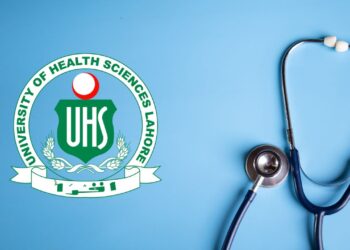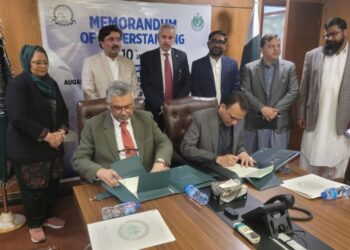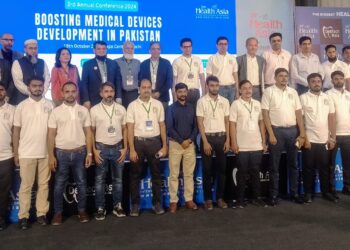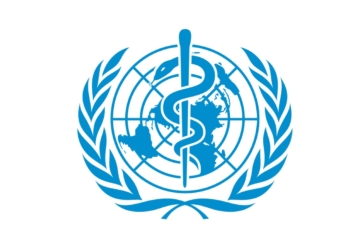Elementary school-aged children with cleft lip, cleft palate, and other facial anomalies often face unique emotional challenges, including higher levels of anger, anxiety, and depression, according to a recent study published in Plastic and Reconstructive Surgery. This study found that children between the ages of 8 and 10 are particularly vulnerable to psychosocial difficulties compared to older children and teenagers.

Increased Vulnerability in Younger Age Groups
“Our goal as craniofacial surgeons is to help these children feel more confident and to support their growth and development,” said Dr. Justine Lee, senior author and craniofacial surgeon at UCLA’s David Geffen School of Medicine. “Initially, we didn’t focus on age-specific differences, expecting factors like health insurance, socioeconomic status, or the number of surgeries to play a bigger role,” Dr. Lee shared in a recent interview. “It was surprising to see how challenging elementary school can be for these kids. They’re beginning to notice differences between themselves and others.”
The study involved 99 patients aged 8 to 17 at the UCLA Craniofacial Clinic. Participants were asked to reflect on their feelings of anger, anxiety, and depression over the past week, as well as their experiences in social situations. The results revealed that children in the 8-10 age range reported the highest levels of anxiety and depression and had the lowest peer-relationship scores.
Key Findings by Age Group
The study identified a few notable patterns:
- 8-10 years: This group exhibited the highest levels of anxiety and depression, with about 30% experiencing severe anxiety and 37% reporting extremely low peer-relationship scores.
- 11-13 years: These children had the lowest anger scores, possibly indicating a greater sense of emotional regulation.
- 14-17 years: Older children generally reported fewer social and emotional difficulties than the youngest group.
The results highlight that younger children may struggle more with self-image and peer acceptance, suggesting that early intervention could be beneficial.
Impact of Surgical Timing and Parental Awareness
Dr. Russell Reid, director of the Cleft and Craniofacial Services Program at the University of Chicago Medical Center, emphasizes the importance of recognizing the appearance-related concerns of younger children. “While some surgeons prefer to delay certain reconstructive surgeries, understanding the emotional impact on children aged 8-10 can guide us in making more sensitive decisions about timing,” he explained.
Dr. Lee’s team is also investigating additional factors, such as cultural and language differences, that might influence outcomes. For instance, preliminary findings indicate that Spanish-speaking children with facial anomalies in Los Angeles may experience heightened psychosocial stress. “It could be related to broader immigrant experiences or specific challenges associated with craniofacial differences,” Dr. Lee noted.
Future Directions: Supporting Children Beyond Surgery
Moving forward, Dr. Reid’s team plans to use the survey from this study to better understand the emotional impact of surgeries and how patients adjust afterward. “We aim to follow our patients into adulthood to observe not only their peer relationships but also how they integrate into careers and society,” he said. “Craniofacial surgery often goes beyond physical changes; it’s about caring for the whole person.”
Advice for Parents and Caregivers
Dr. Lee emphasizes the crucial role parents play in helping children navigate self-perception and social relationships. “Children encounter many challenges as they grow, and having a facial anomaly can add an extra layer of stress,” she said. “It’s essential to encourage them to celebrate their unique qualities.”
Parents, regardless of their child’s appearance, can foster positive self-esteem. “Simple words and actions can leave a lasting impact, so approach these conversations with care and understanding,” Dr. Lee advised.




















